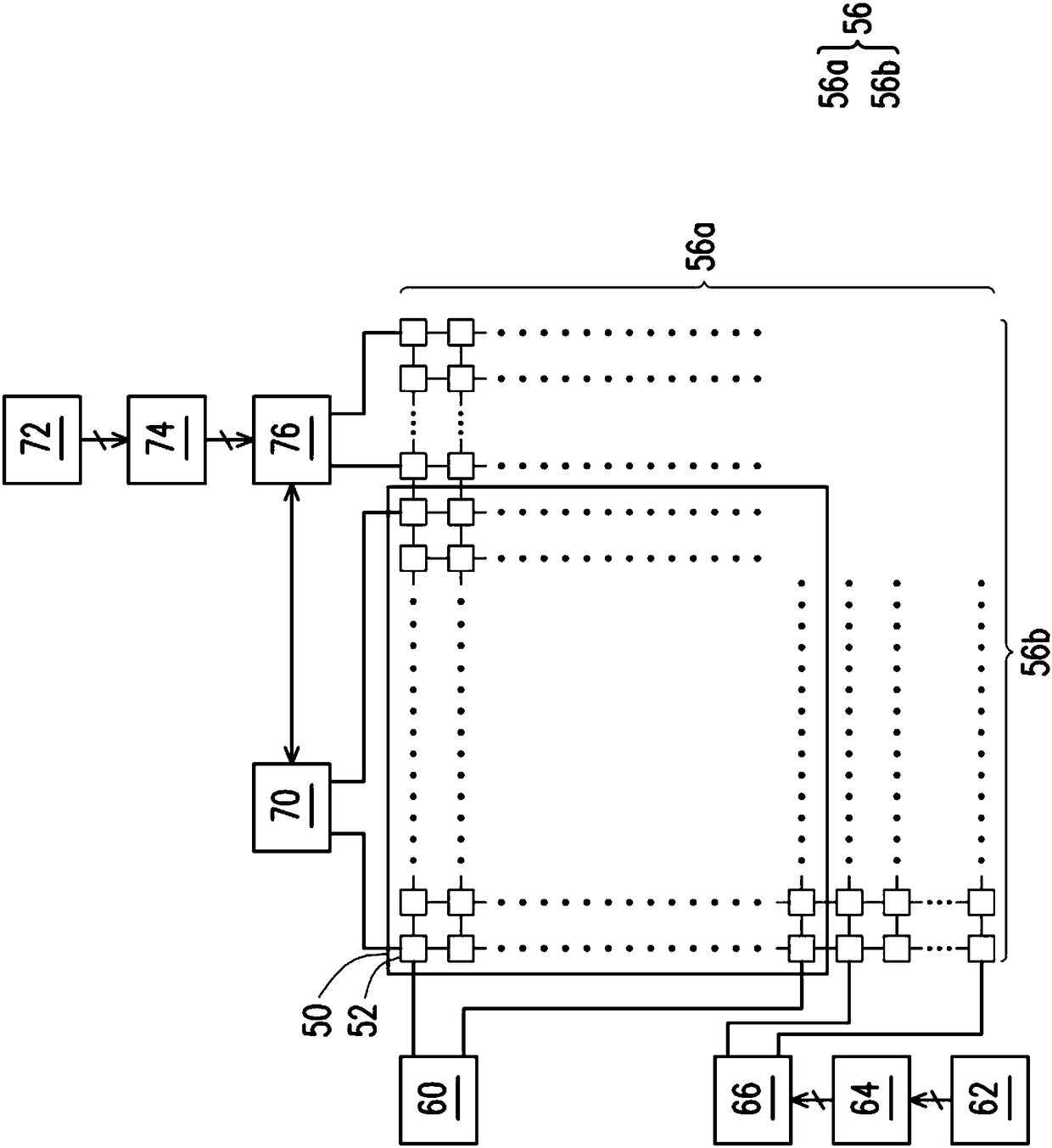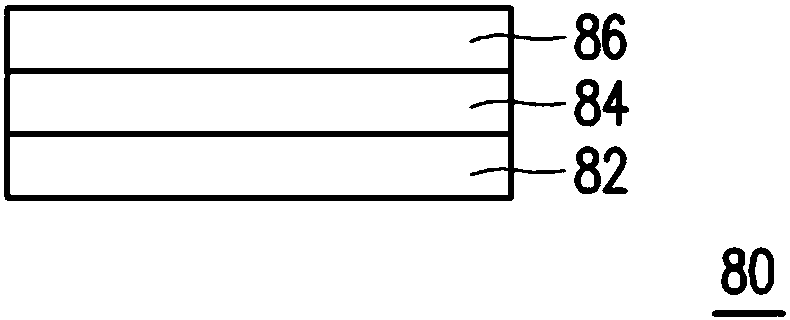Dynamic random access memory
A technology of dynamic random access and memory, applied in the field of semiconductors, can solve problems such as errors, achieve the effect of reducing soft errors and increasing manufacturing costs
- Summary
- Abstract
- Description
- Claims
- Application Information
AI Technical Summary
Problems solved by technology
Method used
Image
Examples
Embodiment Construction
[0029] Generally, the architecture of a Dynamic Random Access Memory (DRAM) includes a main block composed of a memory cell array, and also includes redundant element units. The redundant element unit generally includes a plurality of redundant memory cells (redundant cells), a decoder (decoder), a fuse (e-fuse), and a latch (latch) and other blocks. For the plurality of memory cells of the memory cell array of the main block, for example, after the manufacturing is completed or any time to be tested, the test procedure will be started. After testing, when it is found that at least one memory cell cannot store data correctly, these memory cells are regarded as damaged memory cells (defective cell(s)), and their data addresses will use fuses to store the corresponding row address and column address. When the dynamic random access memory is in normal use, the address information stored in the fuse will be downloaded to the latch block, and then the decoder will activate the cor...
PUM
 Login to View More
Login to View More Abstract
Description
Claims
Application Information
 Login to View More
Login to View More - R&D
- Intellectual Property
- Life Sciences
- Materials
- Tech Scout
- Unparalleled Data Quality
- Higher Quality Content
- 60% Fewer Hallucinations
Browse by: Latest US Patents, China's latest patents, Technical Efficacy Thesaurus, Application Domain, Technology Topic, Popular Technical Reports.
© 2025 PatSnap. All rights reserved.Legal|Privacy policy|Modern Slavery Act Transparency Statement|Sitemap|About US| Contact US: help@patsnap.com



